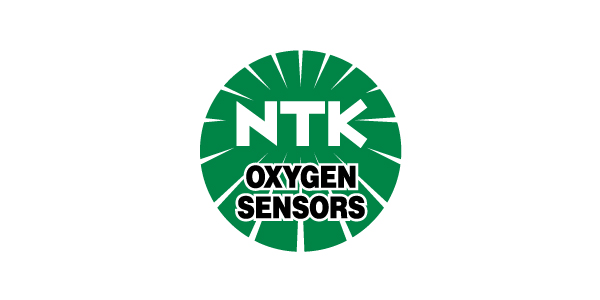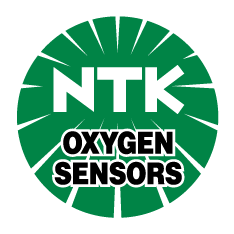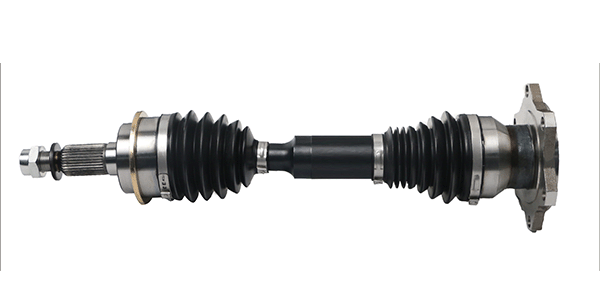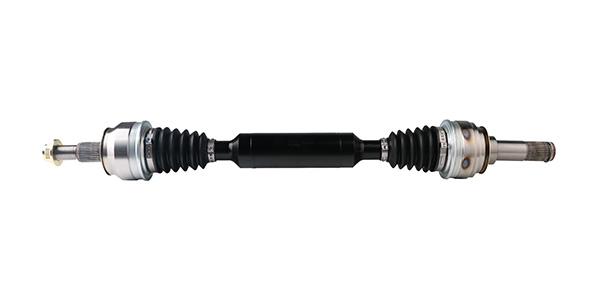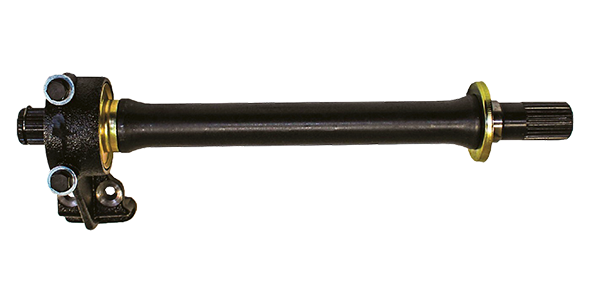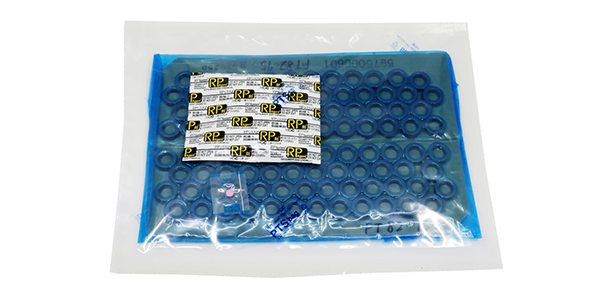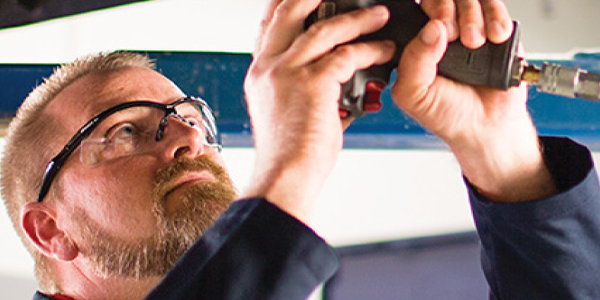Did you know replacing worn or failed oxygen sensors is the best way to protect expensive three-way catalysts or catalytic converters? Failure to replace failed oxygen sensors at the earliest sign of a problem, usually indicated by an illuminated check engine light, can cause premature failure of expensive three-way catalysts or catalytic converters.
What does it mean to have a failed oxygen sensor? When an oxygen sensor fails, it is no longer communicating with the vehicle’s Engine Control Unit. The ECU is responsible for strengthening or weakening the fuel delivery through the fuel injectors in order to maintain the most desirable air fuel ratio, usually close to 14.7 part air to 1 part fuel (14.7:1), also known as the stoichiometric point. When the oxygen sensors and the ECU are not communicating, the vehicle is programmed to revert to what is known as open-loop mode, in which more fuel is delivered to protect the engine from damage from an over lean condition. Running in open loop mode will not only waste fuel, and increase emissions, but will also put undue stress on the three-way catalyst.
The role of the three-way catalyst is to convert harmful gasses: carbon monoxide, nitric oxide and nitrogen dioxide (both referred to as NOx), and hydrocarbons to less harmful gases, such as carbon dioxide, nitrogen, oxygen, and water vapor. To do this, expensive precious metals such as platinum, rhodium, and palladium are used to create chemical reactions. Unused fuel (hydrocarbons) is removed by burning inside the oxidation catalyst.
When the vehicle is operating in open loop mode, the engine will run rich, resulting in much higher levels of unburned fuel. Vastly elevated temperatures inside the oxidation catalyst in the three-way catalyst will eventually lead to a melt down and a destroyed catalytic converter. Often, once the catalyst has been destroyed, vehicle performance will also suffer, sometimes resulting in an engine that will no longer run because of a plugged exhaust.
Ignoring that check engine light is the worst thing you can do for your three-way catalyst(s). Replacing a failed oxygen sensor at the earliest sign of trouble may save future headaches and higher repair bills.
If you have questions about oxygen sensor replacement or increasing engine performance, you can reach out to NTK Oxygen Sensors by calling their Technical Services line at 877-4-SENSOR or visit them on the web at www.ngksparkplugs.com.

